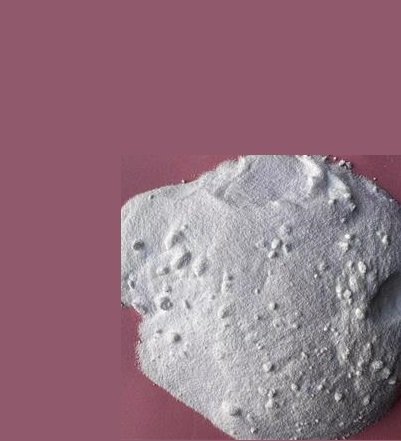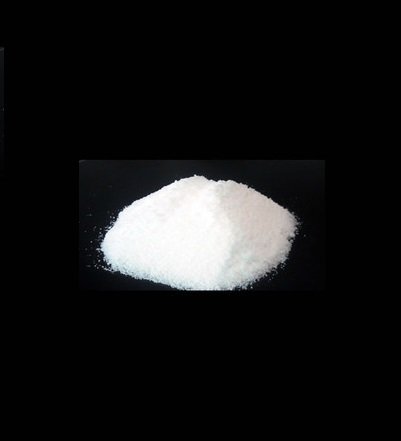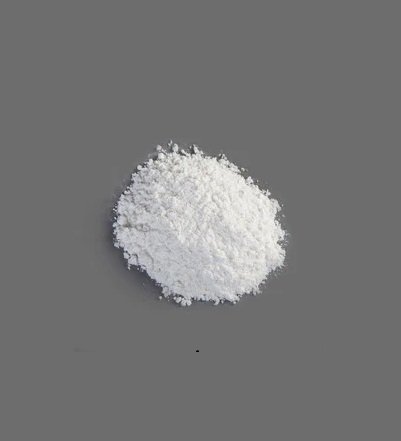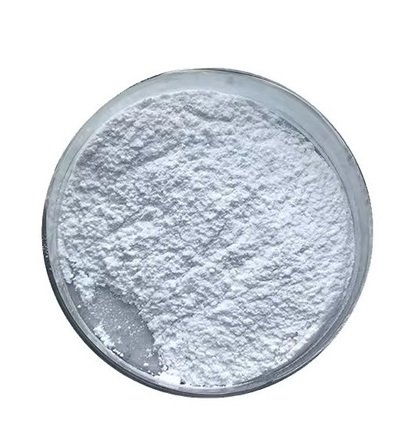Semicarbazide Hydrochloride
Most Common Uses :
- Used as a reagent in the identification of aldehydes and ketones in chemistry.
- Commonly employed in pharmaceutical and biochemical research.
- Applied in polymer chemistry and organic synthesis.
- May cause irritation to skin, eyes, and respiratory tract.
- Harmful if swallowed or inhaled.
- Handle with gloves, safety goggles, and in a well-ventilated area.
Sodium Diethyl Dithio Carbamate
Most Common Uses :
- Used as a chelating agent in metal ion detection and removal.
- Commonly employed in rubber industry as a vulcanization accelerator.
- Applied in pesticides, pharmaceuticals, and wastewater treatment.
- Harmful if swallowed or inhaled; may cause irritation to skin and eyes.
- Toxic to aquatic life; handle with caution.
- Handle with gloves, safety goggles, and in a well-ventilated area.
Sodium Diphenylamine Sulphonate
Most Common Uses :
- Used as an indicator in redox titrations (especially for iron determination).
- Commonly employed in analytical chemistry for detecting oxidizing agents.
- Applied in electroplating and metal analysis.
- Harmful if swallowed or inhaled
- may cause irritation to skin and eyes.
- Handle with gloves, safety goggles, and in a well-ventilated area.
- Frequently used as a sensitive colorimetric reagent in quantitative analysis.
- Plays a key role in industrial and laboratory applications for oxidation studies.
Thymolphthalein
Most Common Uses :
- Used as a pH indicator in acid-base titrations.
- Commonly employed in laboratory analysis and chemical research.
- Applied in forensic science for detecting blood stains.
- Colorless to blue transition between pH 9.3 and 10.5
- Harmful if swallowed or inhaled
- may cause irritation to skin and eyes.
- Handle with gloves, safety goggles, and in a well-ventilated area.
- Frequently used as an alternative to phenolphthalein in pH determination.
- Used in specialized inks and detection solutions.





